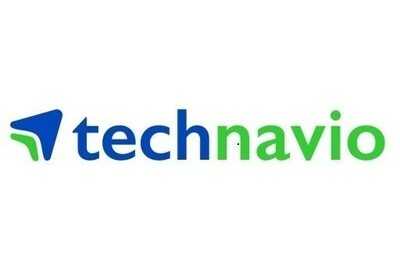NEW YORK, USA –The global energy drinks market size is estimated to grow by USD 40.04 billion from 2023-2027, according to Technavio. The market is estimated to grow at a CAGR of 8% during the forecast period. Hectic lifestyle and need for instant energy is driving market growth, with a trend towards increase in demand for low-calorie energy drinks. However, stiff competition from low-cost substitutes poses a challenge.
Key market players include Abbott Laboratories, Britvic plc, Cargill Inc., Decathlon SA, DyDo Group Holdings Inc., Hype Energy, Keurig Dr Pepper Inc., Monster Beverage Corp., National Beverage Corp., Otsuka Holdings Co. Ltd., PepsiCo Inc., Red Bull GmbH, Slades Beverages, Suntory Beverage and Food Europe, and The Coca Cola Co.
The Energy Drinks Market is experiencing significant growth due to increasing consumer demand for instant energy and mental stimulation. Caffeine, a key ingredient in soft drinks and carbonated beverages, is a major driver of this trend. Fruit and vegetable flavors, vitamins and minerals, and electrolytes are also popular additives in energy drinks.
Rising incomes and a focus on health and wellness have led to the popularity of immunity-boosting beverages and supplements. Taurine, ginseng, and guarana are common stimulants used in energy drinks. However, there are health risks associated with excessive caffeine intake, including hypertension, nausea, restlessness, and sleep deprivation.
The nonalcoholic segment, including sports drinks and beverage concentrates, dominates the market. Adults and teenagers are the primary consumers, with millennials and the younger generation showing a preference for functional ingredients like yerba mate and green tea extract.
The market is expected to continue growing, with expert analysis suggesting that consumer preferences and purchasing patterns will shape future trends. Alcoholic and nonalcoholic beverages, including water, tea, coffee, and energy drinks, all play a role in the market.
Sweeteners, dietary choices, and the diabetic and prediabetic segments are also important considerations. Major players in the market include Red Bull, Monster Energy, and various fruit flavors like lemon, lime, orange, berry, watermelon, and mango.
The energy drink market has experienced significant growth due to changing consumer preferences. With increasing health awareness, there is a rising demand for low-calorie energy drinks. Obesity is a major concern, leading consumers to avoid beverages with high sugar content. In response, manufacturers like Red Bull have introduced sugar-free variants.
The food and beverage industry is witnessing a trend towards healthier options. Energy drinks, once associated with high sugar content, are now shifting towards healthier alternatives. This shift is a response to consumers’ increasing health consciousness and desire for beverages that support an active lifestyle without compromising their health.


















